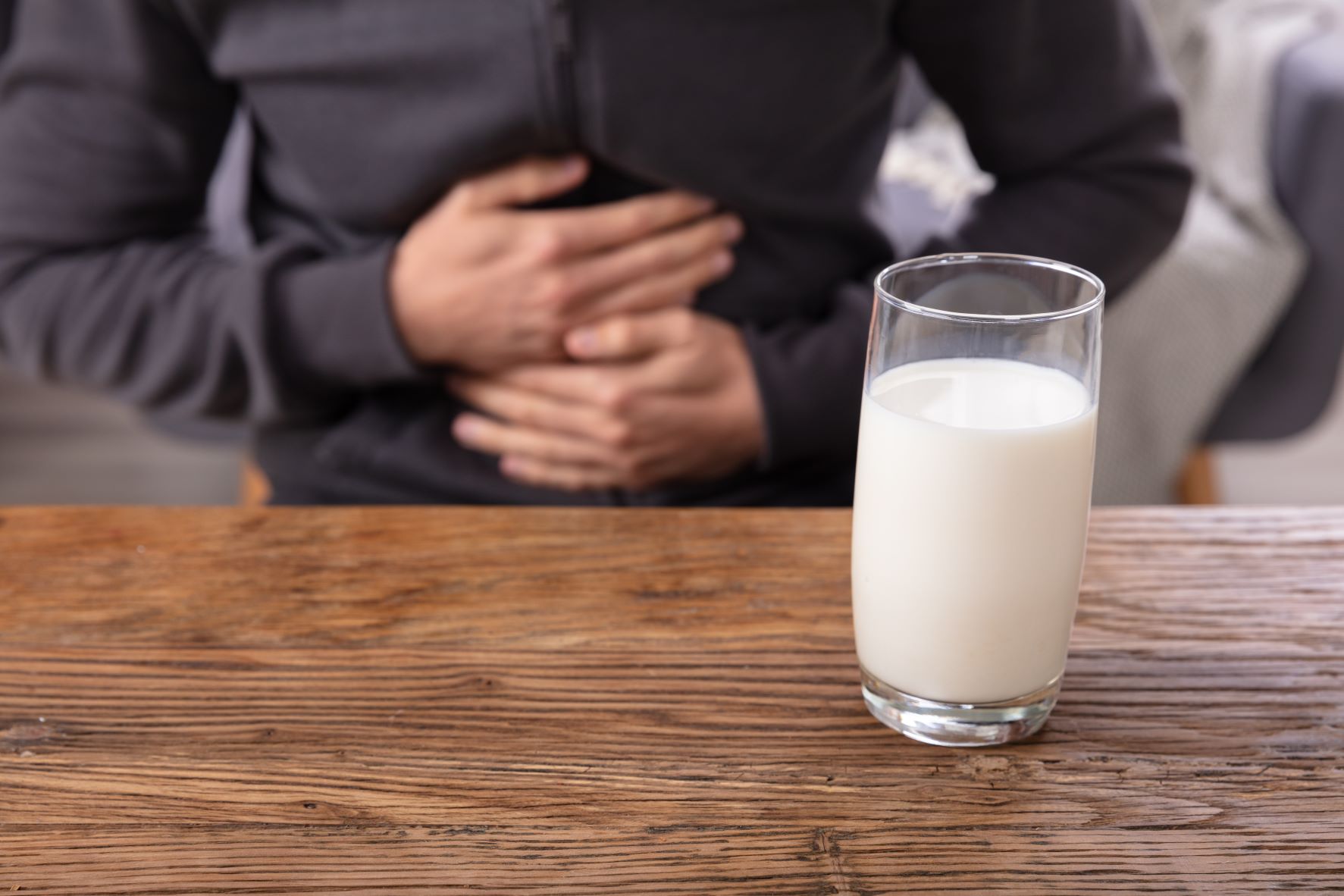22/04/2022
If you’ve found yourself feeling bloated, nauseas or gassy lately, you are not alone. It is estimated that 8% of the UK population have lactose intolerance. Most of the time, these symptoms occur 30 minutes to a couple of hours after eating culprits such as milk chocolate washed down with a cup of tea, or foods which contain dairy.
Identifying the presence of key genetic markers to determine your risk of Primary Lactose Intolerance will allow you to make the necessary changes to improve how you feel. So what symptoms should you be aware of?
Symptoms
Many people that are lactose intolerant experience bloating, cramps, diarrhoea, gas and nausea. They could be severe or mild depending on the amount of lactose you have consumed and can be different for everyone. It is important to get tested as many of these symptoms can be confused with Irritable Bowel Syndrome (IBS) or a milk intolerance. A simple blood test can help get to the bottom of why your body is feeling this way.


Trigger Foods
Lactose is the natural sugar which can be found in milk, cheese, and other dairy foods. Some ingredients which can cause a flare up and can be found on food labels are:
- Whey
- Cheese
- Cow’s milk and dry milk solids/ powder
- Ice cream
- Lactose
- Butter
Causes
Primary Lactose Intolerance is the most common type which is inherited and often develops whenever your lactase production decreases with age. Other types of Lactose Intolerance are Secondary Lactase Deficiency, Congenital lactase deficiency, and Developmental lactase deficiency.

Get Tested
If members of your family are found to have Primary Lactose Intolerance, or you suspect that they may, it’s time to get tested. Our intuitive Lactose Intolerance genetic risk report will provide a breakdown of your results and what they mean.



